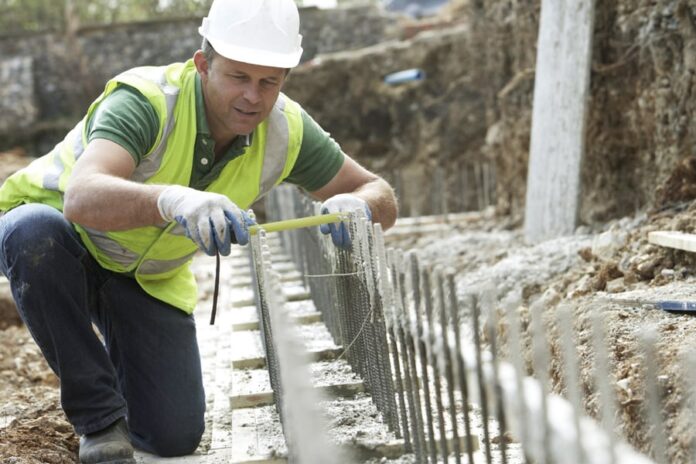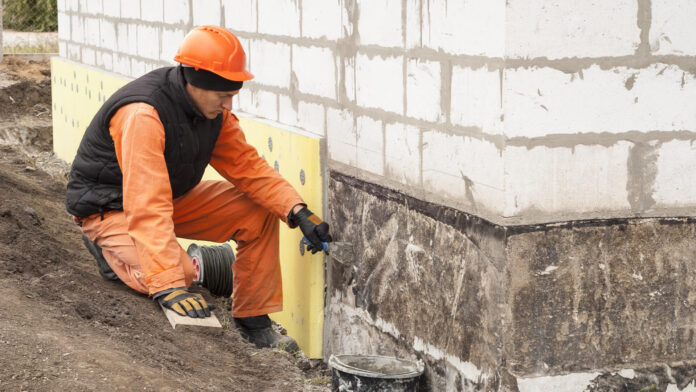Addressing foundation issues in your home can be daunting, not only because of the structural importance but also due to the potential cost involved. However, with careful planning and budgeting, managing the financial aspect of foundation repair can become a more manageable task.
This blog post aims to provide you with a comprehensive guide on how to budget for your project, ensuring you are well-prepared and informed throughout the process.
Understanding Foundation Repair Costs

Costs can vary widely, typically depending on the type of foundation, the extent of the damage, the repair method, and even the local climate.
Common factors that influence the cost include the size of your home, the condition of the soil, accessibility issues, and the urgency of the repairs. Understanding these factors can help you anticipate the range of expenses you might face.
Getting a professional estimate is crucial to understanding the specific costs associated with your foundation repair, which may also include basement waterproofing if necessary.
While average repair costs, including waterproofing services, can range from a few thousand to tens of thousands of dollars, personalized estimates provide a clearer picture of the total expenses.
It’s recommended to obtain multiple estimates from reputable contractors to ensure a fair price and comprehensive service, covering all aspects and any associated waterproofing needs.
Planning Your Budget
Begin by reviewing your savings, income, and expenses to determine how much you can realistically afford to spend on foundation repairs.
It’s important to consider your entire financial situation before committing to a large expense. This may also be the time to prioritize spending and cut non-essential costs.
Preparing for Additional Costs

Creating a contingency fund can help you manage unexpected costs without derailing your finances. A common approach is to add 10-20% to the estimated repair cost to cover any unforeseen issues.
This can include additional structural problems, delays, or other complications that may arise during the repair process.
Maintaining your foundation after repairs is critical to prevent future issues. Budgeting for regular inspections and maintenance can save money in the long run by avoiding more extensive repairs.
Planning for the long-term health of your home’s foundation is an ongoing commitment that requires both financial planning and regular care.
Navigating Insurance and Warranties
Review your homeowner’s insurance policy to determine if foundation repairs are covered under certain conditions, such as natural disasters. However, normal wear and tear are typically not covered.
Additionally, inquire about the warranties that foundation repair companies offer. These can range from a few years to lifetime protection, but understanding the specifics, including what actions might void the warranty, is vital.
Leveraging these resources can significantly impact your financial planning for the project.
Conclusion

Budgeting for a project can seem overwhelming, but with the right approach, it becomes much more manageable. Start by understanding the potential costs, then assess your financial situation and explore all available financing options.
Prepare for unexpected expenses by setting aside a contingency fund and maintain your investment through regular inspections and maintenance.
Don’t forget to review your insurance coverage and the warranties offered by repair companies as these can provide significant financial relief.
By taking these steps, you can navigate the foundation repair process with confidence and ensure the long-term stability of your home.




